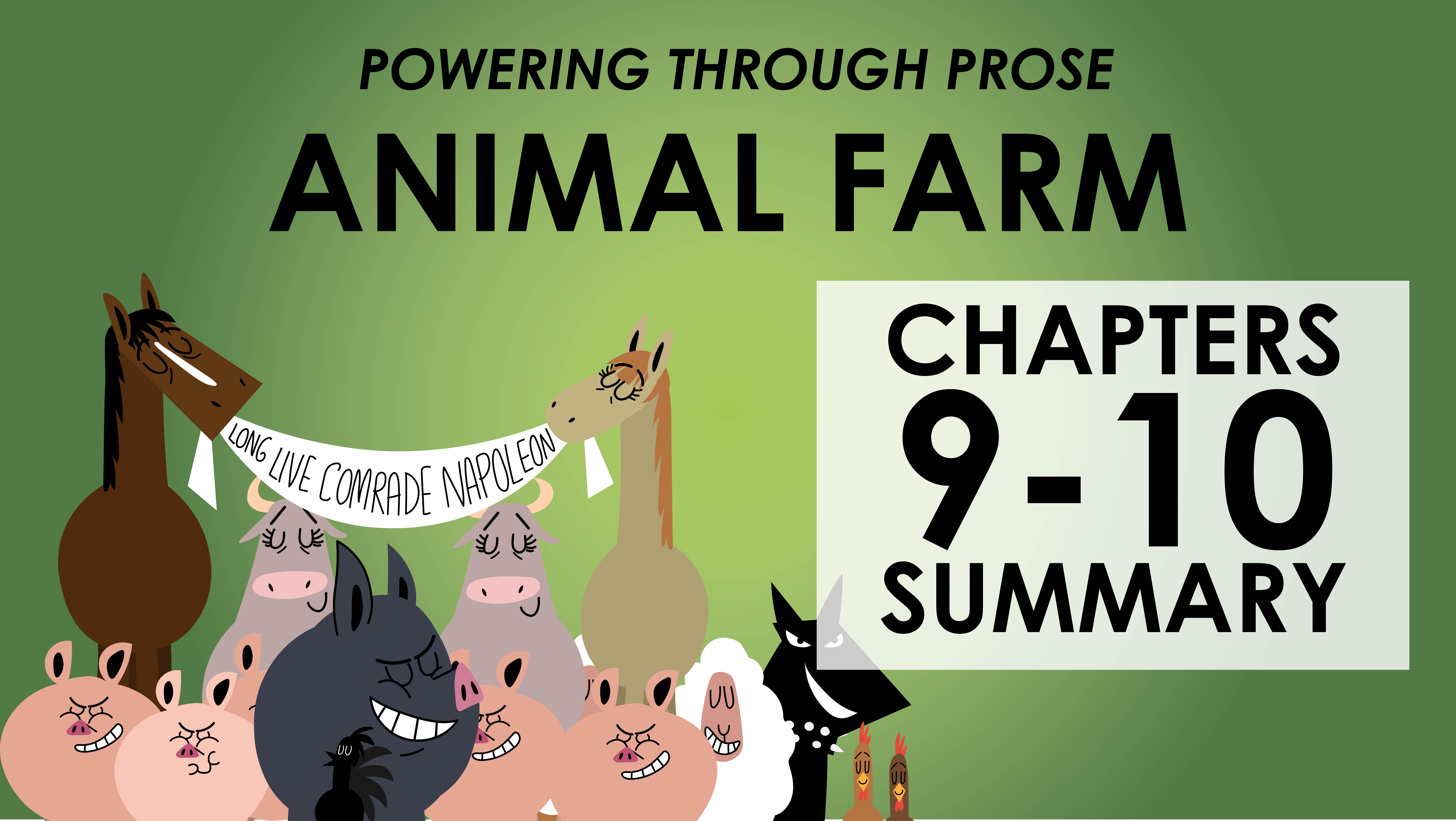Animal Farm Chapter 3 Summary: Power Dynamics and Division. In this chapter, the narrative delves into the evolving relationships among the animals, the pigs’ manipulation of resources and propaganda, and the consequences of their actions on the farm’s unity.
As the pigs consolidate their power, they establish new rules and regulations, manipulate information, and use fear and intimidation to maintain their authority. The chapter also explores the factors that contribute to the division among the animals, threatening the unity they once shared after the rebellion.
Character Introduction and Relationships

In Chapter 3 of Animal Farm, the introduction of Squealer, a persuasive pig, marks a significant shift in the animals’ perceptions. Squealer’s eloquent speeches and ability to manipulate language become crucial in shaping the animals’ opinions, particularly in the wake of Snowball’s expulsion.
Snowball and Napoleon’s Rivalry, Animal farm chapter 3 summary
The rivalry between Snowball and Napoleon, two prominent pigs, intensifies in this chapter. Snowball, an intelligent and charismatic pig, is seen as a threat to Napoleon’s authority. Napoleon, on the other hand, is a ruthless and ambitious pig who seeks to consolidate his power. This rivalry becomes the central conflict of the novel, driving many of the subsequent events.
The Rebellion’s Impact on Animal Unity

After the rebellion, the animals on Manor Farm initially experienced a profound sense of unity and purpose. They were liberated from the oppressive rule of Mr. Jones and were determined to create a society based on equality, fairness, and cooperation. However, as time passed, cracks began to appear in their unity, and divisions emerged among the animals.
Factors Contributing to Division
Several factors contributed to the division among the animals. Firstly, there were differences in opinion on how the farm should be run. Some animals, such as the pigs, were more intelligent and ambitious than others and sought to assert their authority. This led to conflicts with other animals, who resented the pigs’ dominance.
Secondly, the animals’ different backgrounds and experiences also played a role in their division. Some animals, such as the horses, had been loyal to Mr. Jones before the rebellion and were reluctant to fully embrace the new order. Others, such as the sheep, were easily manipulated by the pigs and were used to spread propaganda and maintain control.
Consequences of Disunity
The animals’ disunity had serious consequences for the farm’s future. It weakened their ability to resist external threats, such as the return of Mr. Jones or the invasion of neighboring farms. Additionally, it hindered their ability to maintain the farm and ensure the well-being of all animals.
In the end, the animals’ disunity led to the downfall of the rebellion and the re-establishment of human rule on Manor Farm.
Final Summary

Chapter 3 of Animal Farm serves as a poignant reminder of the dangers of power and propaganda. It highlights the importance of unity and the devastating consequences of division, both for individuals and society as a whole.
Frequently Asked Questions: Animal Farm Chapter 3 Summary
What is the significance of Squealer’s role in Chapter 3?
Squealer plays a crucial role in shaping the animals’ perceptions through his persuasive speeches and manipulation of information.
How do the pigs manipulate resources in Chapter 3?
The pigs hoard milk and apples for themselves, depriving the other animals of essential nutrients.
What factors contribute to the division among the animals in Chapter 3?
The pigs’ manipulation, fear, and intimidation, as well as the animals’ own weaknesses and suspicions, lead to disunity.



